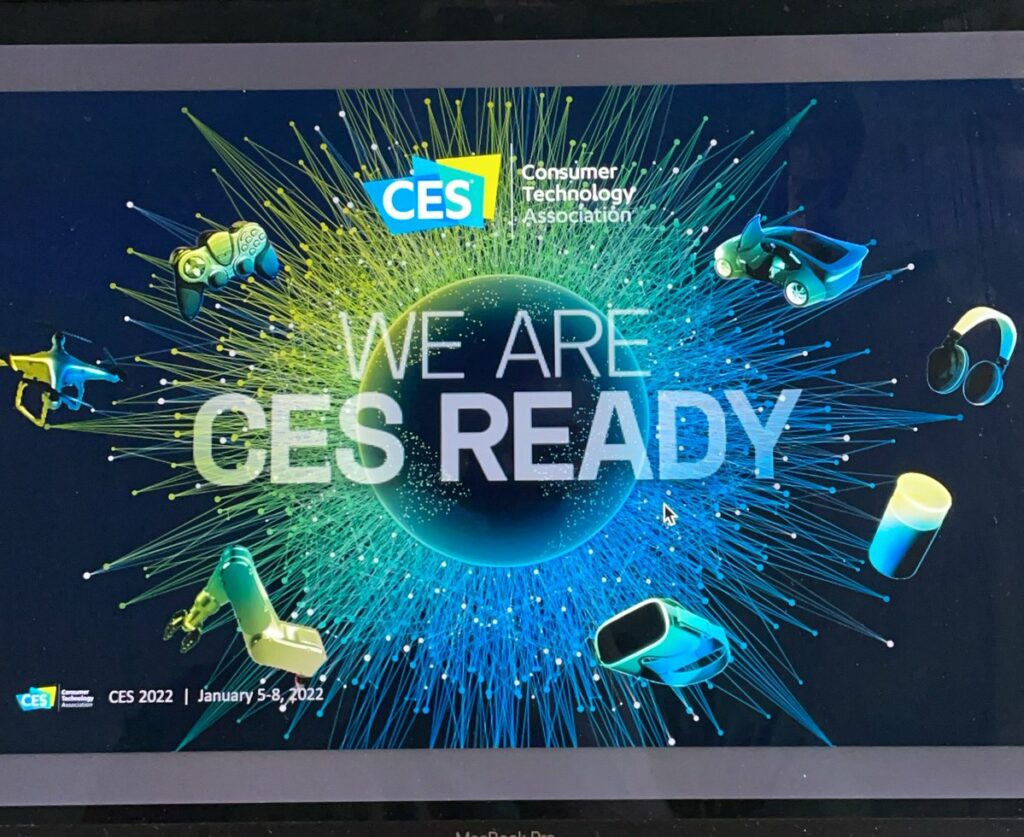
Strategizing a Re-Emerged CES Part I
Ended soon
For consumer tech veterans, every year starts off the same way, with the big bang of the annual CES show. You can feel it over your shoulder even as you’re toasting the new year. By the fourth quarter, prep for the next show is already in high gear and the circle continues. After the pandemic forced a virtual show last year, CES “live” will be back again in January, with a hybrid event that could well break attendance records. What will be different about this CES and how can you get the most from it?
Being There
The big news is the most obvious; in-person attendance is back. That said, this show won’t be the same scene that annually bumped up the Las Vegas population by 25%. This year, CES expects fewer overall exhibitors – 1500-2000 in all – but in addition to the live event, the Consumer Technology Association will reprise last year’s “CES Anchor Desk” to connect remote attendees with exhibitors, conference sessions, keynotes and product announcements. Digital content will also be added after the show, which will let attendees continue to connect with product information and networking even after CES week. Dare we say it, is this kind of CES even better than the original?
Both Is Better
For many exhibitors and attendees, a hybrid CES means more opportunity than either a purely live or purely virtual event. There’s no question about the benefits of doing business in person, and having product in front of you for demo and assessment. That said, sending an entire team to Las Vegas has always been a cost problem, and many company representatives that ought to go don’t get the chance. The hybrid model lets key team members serve as boots on the ground to create or assess opportunities, while virtual attendees from the same team can mitigate the physical leg work by exploring alternatives or competition in parallel. The hybrid approach just might make for the most productive expos possible.
Good To Meet You 2.0
One of the key objectives of a trade show is to connect with new business contacts. At “classic” CES, this meant physical arrival at a booth for an introduction, or at the very least, the right business card. During the hectic show, the right contact isn’t always at the booth when you are, or is busy in another meeting. Sure, someone will scan your badge and hopefully get back to you, but having the right business contacts reachable in advance makes this process faster and more certain. While it doesn’t have the feel-good appeal of a handshake, virtual networking can be an extremely efficient process. It would not surprise us if this aspect of the trade show experience became a preferred alternative for initial business meetings. All that said, one should never underestimate the power of a random encounter in a Trade Show aisle. Physical attendance at CES, coupled with a well-executed virtual component is almost certainly the future standard for trade events.
Divide and Conquer
Getting the most out of a live+virtual event takes a new kind of planning. The show has (had?) gotten so big that it’s often impossible to see everything needed and increasingly difficult to arrive in time for closely scheduled meetings. When teammates can pitch in by attending keynotes and sessions, and scouting exhibits in parallel, boots on the ground get more leeway and better in-person opportunities.
